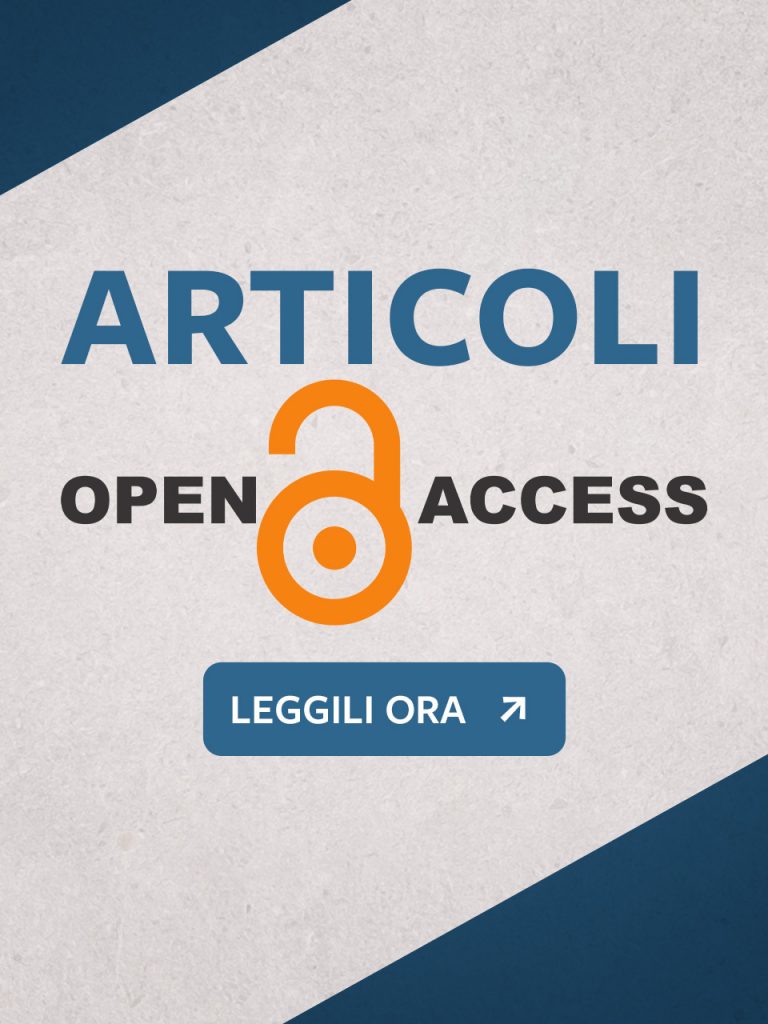Childhood Apraxia of Speech (CAS)
Mirella Mariani
The objective of this article is to share and discuss an evaluation protocol for childhood apraxia of speech (CAS), to be considered applicable in different reference contexts and in various clinical realities. This is because in Italian clinical practice there is, in fact, no uniqueness in evaluation for diagnostic and rehabilitation purposes. The diagnosis of CAS is, in fact, very complex, especially due to the presence of many aspects in common with phonetic-phonological disorder of a severe degree and with joint disorders. In addition, a number of exclusion criteria, requiring a multidisciplinary approach, such as the presence of orofacial structural abnormalities, infantile cerebral palsy, neurometabolic disorders, known genetic syndromes, syndromes with morphostructural abnormalities specific to the central nervous system, and auditory deficits should be considered for diagnostic purposes. Not least, therefore, an accurate assessment can describe the characteristics of the expressive functioning of the child at various levels, from the articulatory to the pragmatic and from the executive to the functional communicative. But how can we organize an adequate path while respecting criteria of clinical adequacy and operational sustainability? Here is an initial operational proposal with the hope of opening a discussion between the various players involved in this process.
Keywords
Speech and sound disorders diagnosis, Childhood apraxia of speech, Clinical assessment, Multidisciplinary approach.

